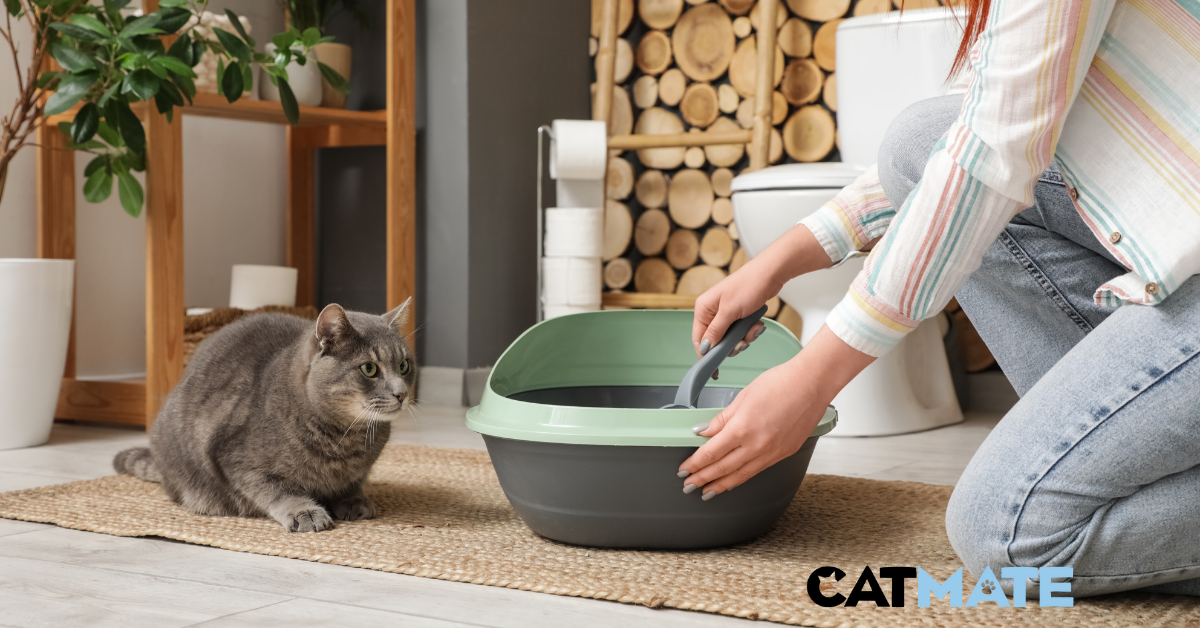
Cat Litter Mistakes: 5 Things Cat Owners Don’t Know They’re Doing Wrong
🐾 Introduction Even the most attentive cat owners can make simple cat litter mistakes without realizing it. As a result,
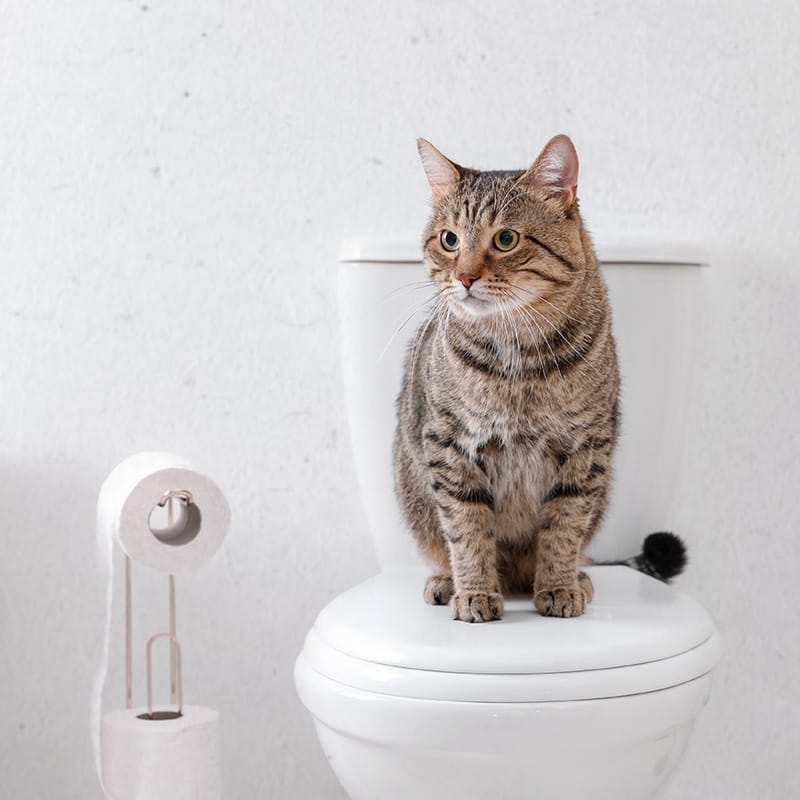
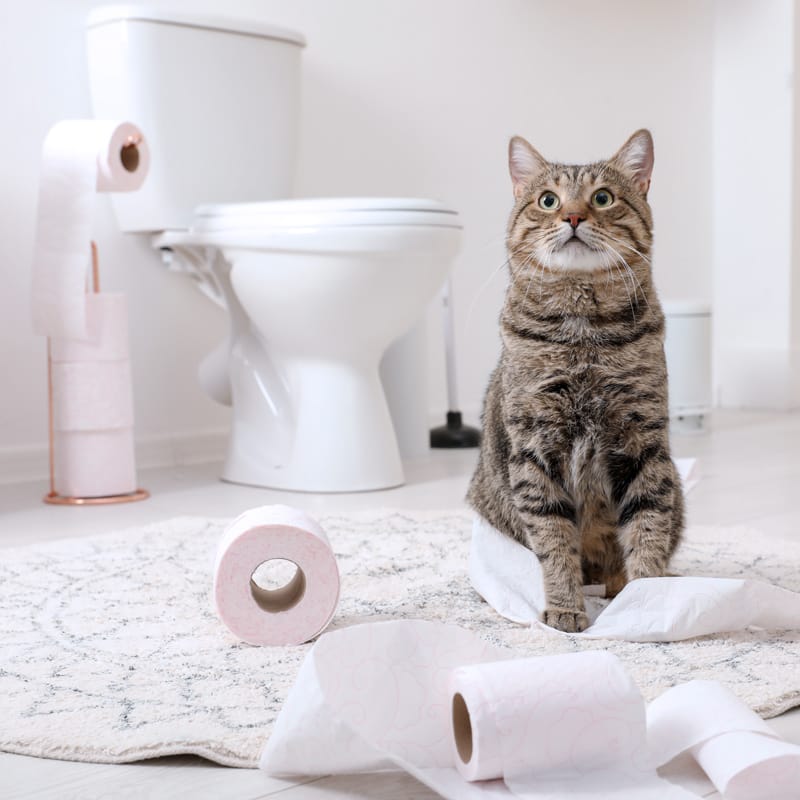
Catmate is not advertised as a flushable litter, but flushable litters are made with biodegradable materials like corn, pine, wheat or other types of wood. Non-flushable litters are more clay or paper based, or are made from silica.
Pet waste is generally classified as a pollutant that can harm fish and wildlife, and can foul drinking waters. Cat waste may contain the parasite Toxoplasma gondii. This parasite is deadly, not only does it affect aquatic life but poses a health risk to humans, especially pregnant women. Most water treatment plants are designed to manage human waste and not animal faeces that carry parasites.
Learn more about Toxoplasma gondii and Toxoplasmosis at www.health.vic.gov.au/infectious-diseases/toxoplasmosis
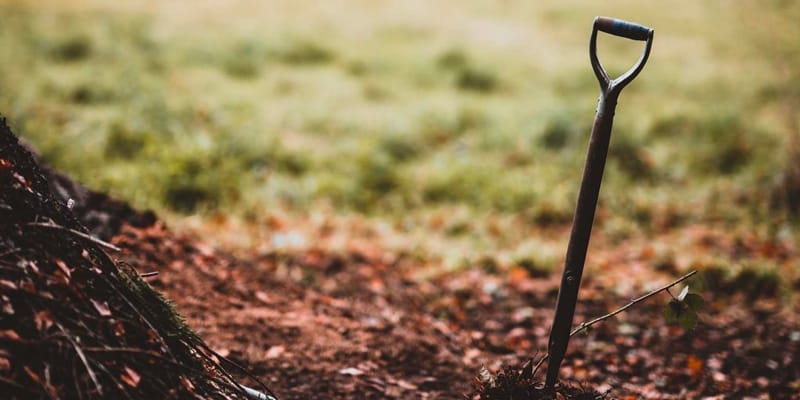
The greenest way to dispose of litter is by first bagging the cat faeces into a biodegradable bag and placing this in your general waste bin, then composting the biodegradable litter that hasn’t been soiled. If using regular clay or silicone-based litter, do not compost this waste because these substances do not breakdown. Do remember though that whilst Catmate can be added to your compost, it should be kept away from edible gardens.
Check out our composting article that will give you tips on how to compost Catmate Cat Litter. Click here to read article
To prevent the transmission of bacteria-based diseases, pet owners should wash their hands at once after handling cat waste, pregnant women should wear gloves or have a family member take over this task.

🐾 Introduction Even the most attentive cat owners can make simple cat litter mistakes without realizing it. As a result,
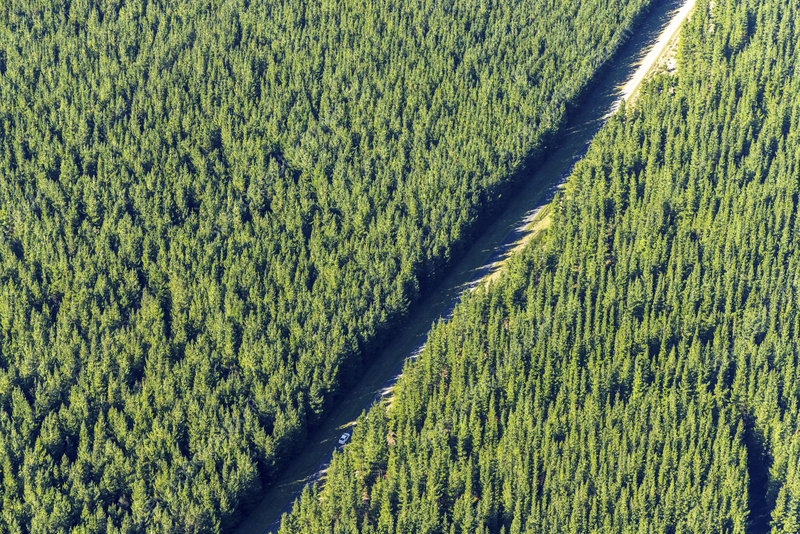
🐾 **Pine Trees & Paws: How Sustainable Forestry Supports Aussie Wildlife** When you think of cat litter, pine trees might
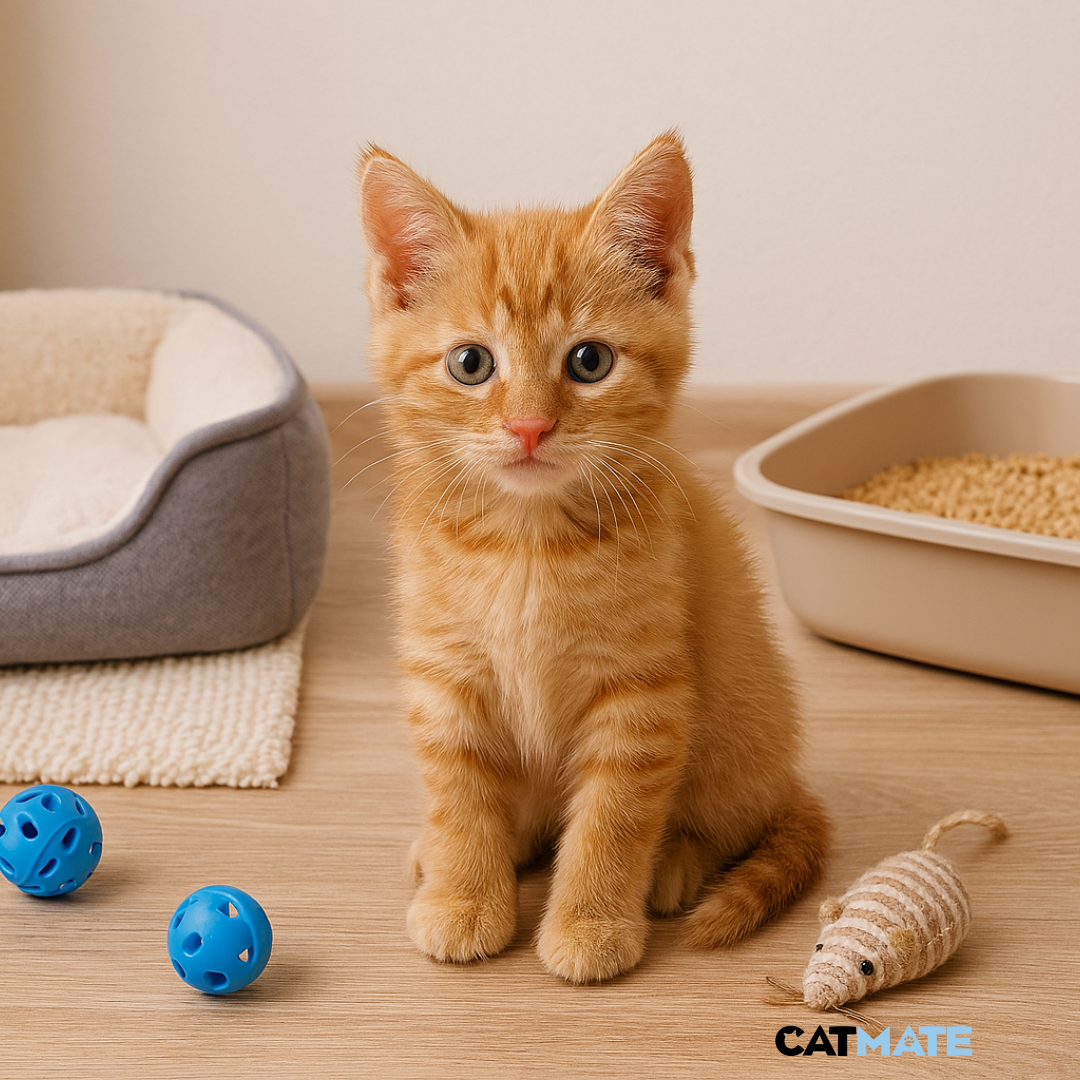
🐾 How to Design a Kitten Room: A Safe Start for Your New Cat Bringing home a kitten is exciting,
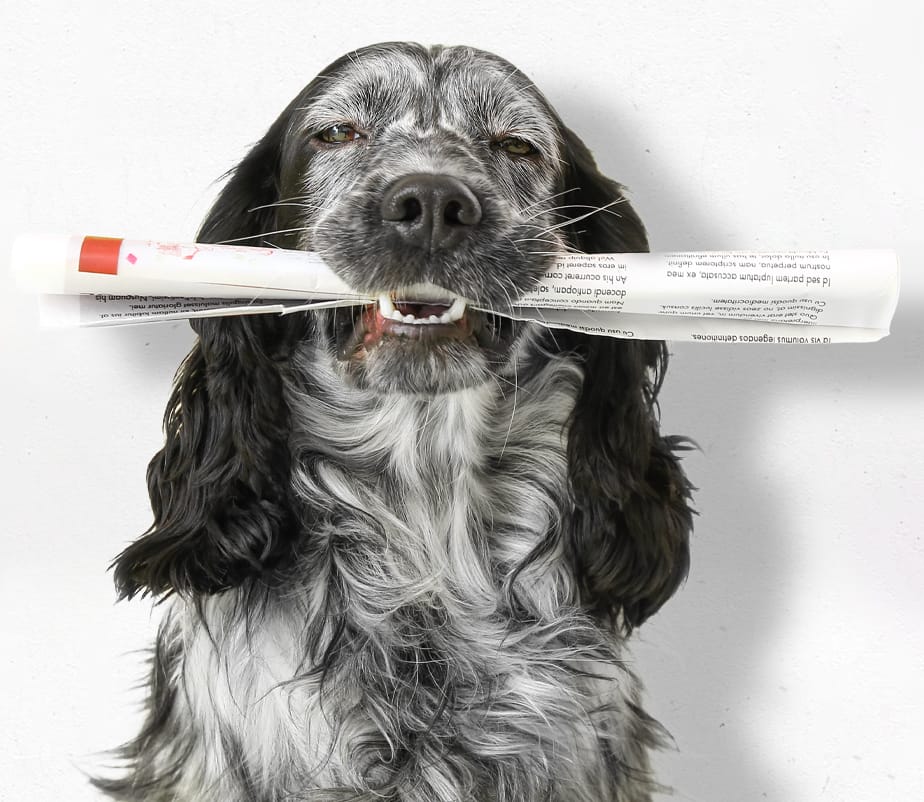
Our monthly newsletter contains the latest pet scoops, news, tips and special offers.